The forgotten villages of Emilia Romagna, small mountain villages that have marked the history of the border between Tuscany and Emilia Romagna.
Places that belonged to noble families who for centuries demanded duties and tolls on trade routes with the Grand Duchy of Florence, but that have gradually being lost their function over the centuries, due to the construction of modern roads and railways.
We will take you through the hidden corners of the Casentinesi Forests and the border areas between the cities of Bologna and Florence. A trip which is also a return to an old report done by roads and trails to walk and where to find the signs of a community that once lived in these mountains.
San Paolo in Alpe
We start our journey to discover the forgotten villages of Emilia Romagna from the area of Forli Cesena, namely from the small village of San Paolo in Alpe.
Placed in a high-altitude grassland (1000 m above sea level) this small abandoned village is one of the most magical places of the Casentinesi Forest Park.
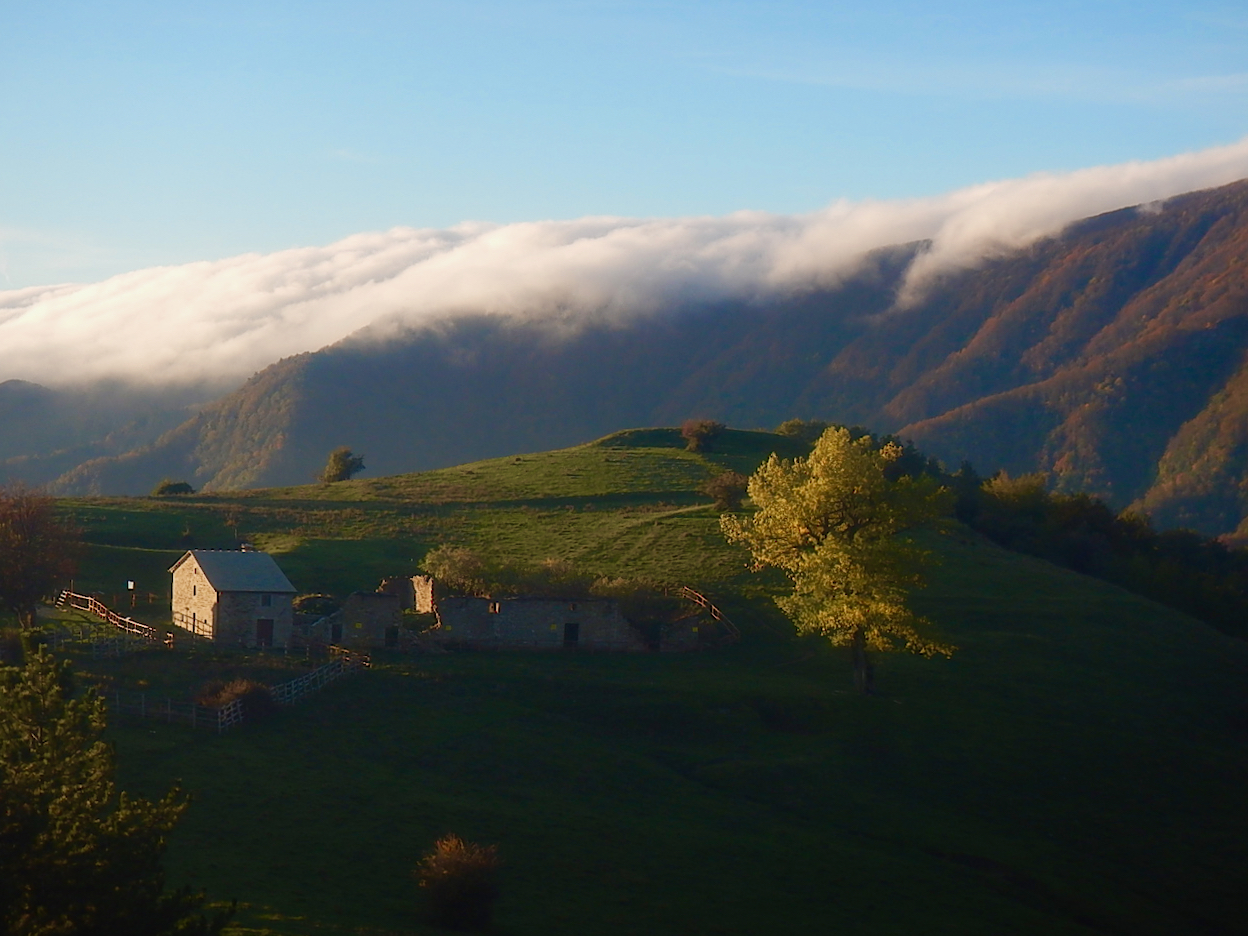
San Paolo in Alpe | Ph. sentieridicioccolata
The town became famous during the Second World War, as a place chosen by the Allies to launch food and ammunition for the Italian partisans hidden in the mountains, and is now included within the “Freedom Path“: a path that starting from Santa Sofia and allows you to enjoy the environmental beauties and to think about the tragedy that happened in those places during the Second World War.
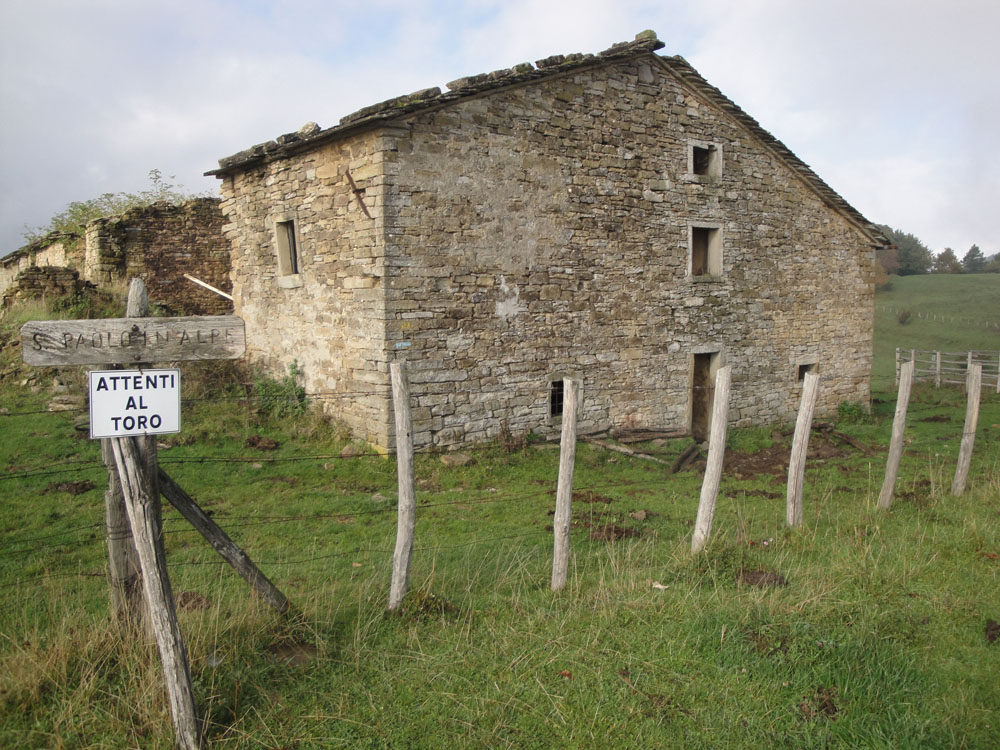
San Paolo in Alpe | Ph. Spazi Indecisi
It is possible to reach San Paolo in Alpe using the hiking network of the Casentino Forest National Park, or by car, through the forest road whose entrance is located about 2 km from the town of Corniolo. The trail (marked by the CAI with the number 255) runs through the territory of “Sasso Fratino”, the only strip of forest that is now considered one of the last virgin Forests of Europe.
Castiglioncello
Castiglioncello is a small hamlet located in the Tuscan-Emilian border about 50km from Bologna, right on the border between the fraction of Moraduccio of Castel del Rio (Emilia -Romagna) and Fiorenzuola (Tuscany).
The village of Castiglioncello has a rather curious story, in fact, it seems to have been founded around the ninth century by the Ubaldini family, who had imposed savory tolls to anyone wanted to cross those lands. Just to avoid local control, the city of Florence decided to build a little a new frontier town, Fiorenzuola, thus imposing a new path to cross the Apennines.
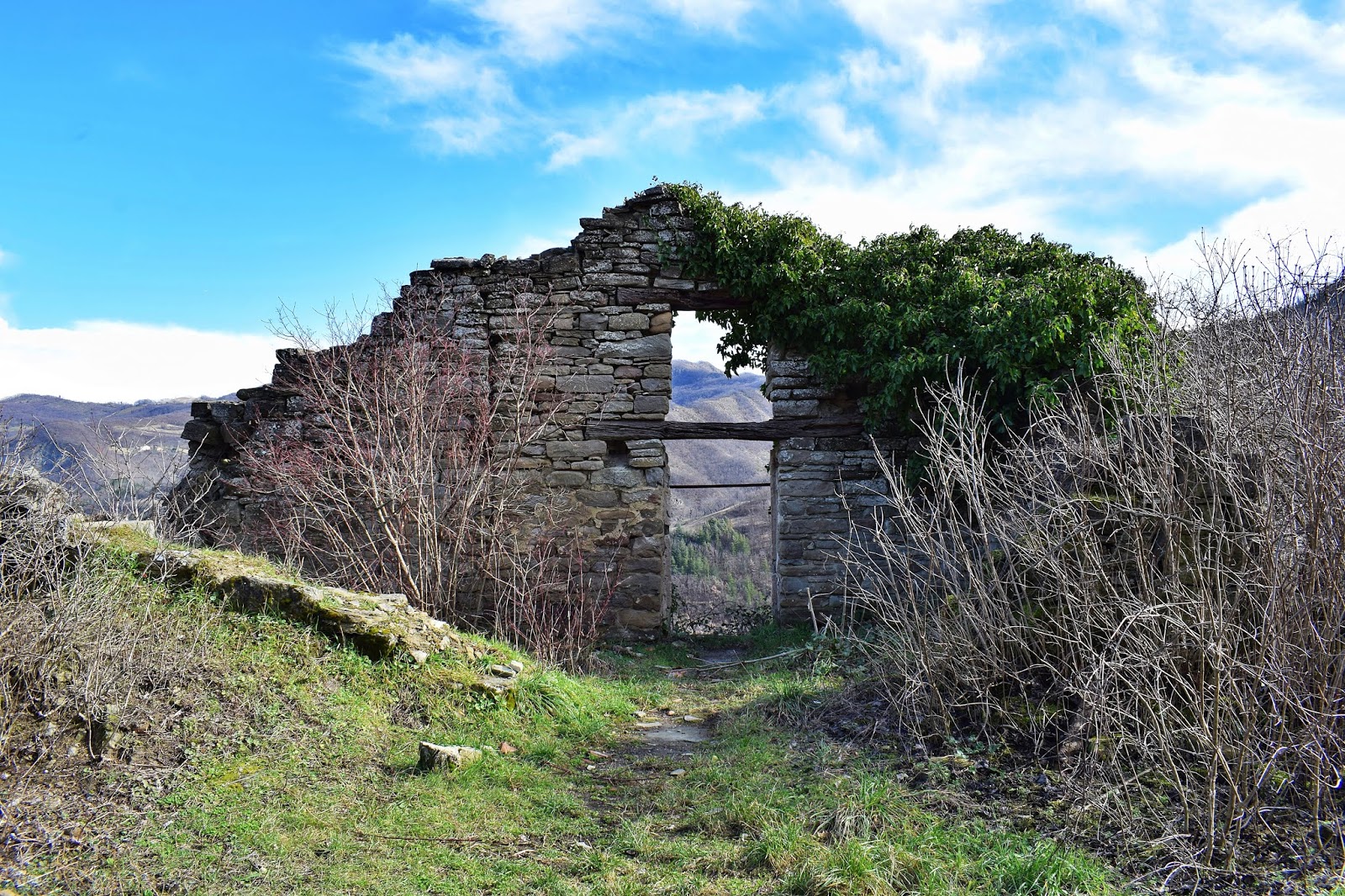
Castiglioncello, Moraduccio | Ph. itreobsoleti.blogspot
The town still maintained certain importance until the eighteenth century, when the construction of modern roads made obsolete the old path between Bologna and Florence. From this moment on, the small town was subject to gradual and slow depopulation.
Castel d'Alfero
A piece of petrified Middle Ages is located in the small town of Castel d’Alfero sarsinate, a village perched on a marble-sandstone formation jutting out over the river Alferello and which dates back to about 1216 A.D.
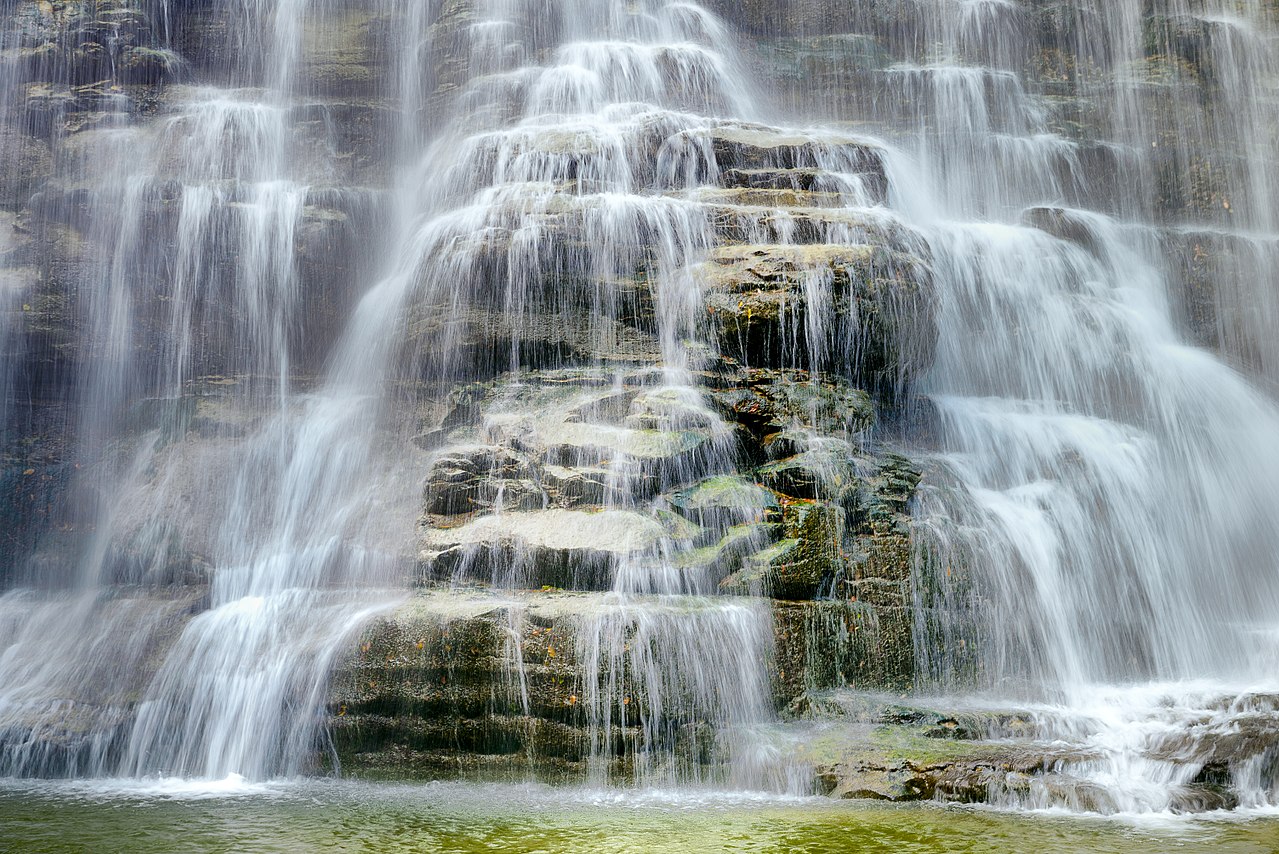
Alferello Waterfalls | Ph. Francesco1978 via Wikipedia
The village of Castel d’Alfero encompasses all the steps of the ancient history of Italy, in fact, originated as a defensive castle, between the fifteenth and seventeenth centuries became a rural village incorporating in it the old military structures. Despite abandonment, Castel d’Alfero is still beautifully preserved today.

Castel D’alfero | Ph. Francesco Bertozzi via Spazi Indecisi
Montebotolino
A small encroachment in Tuscany, but just a few kilometers, to get to Montebotolino, a little hamlet placed to 890 meters high and located on a hill on the left bank of the Marecchia River, it is the highest settlement of the Marecchia Valley.
Here we are in a landscape surrounded by the green hills of Romagna, interspersed from the typical gullies of these areas.
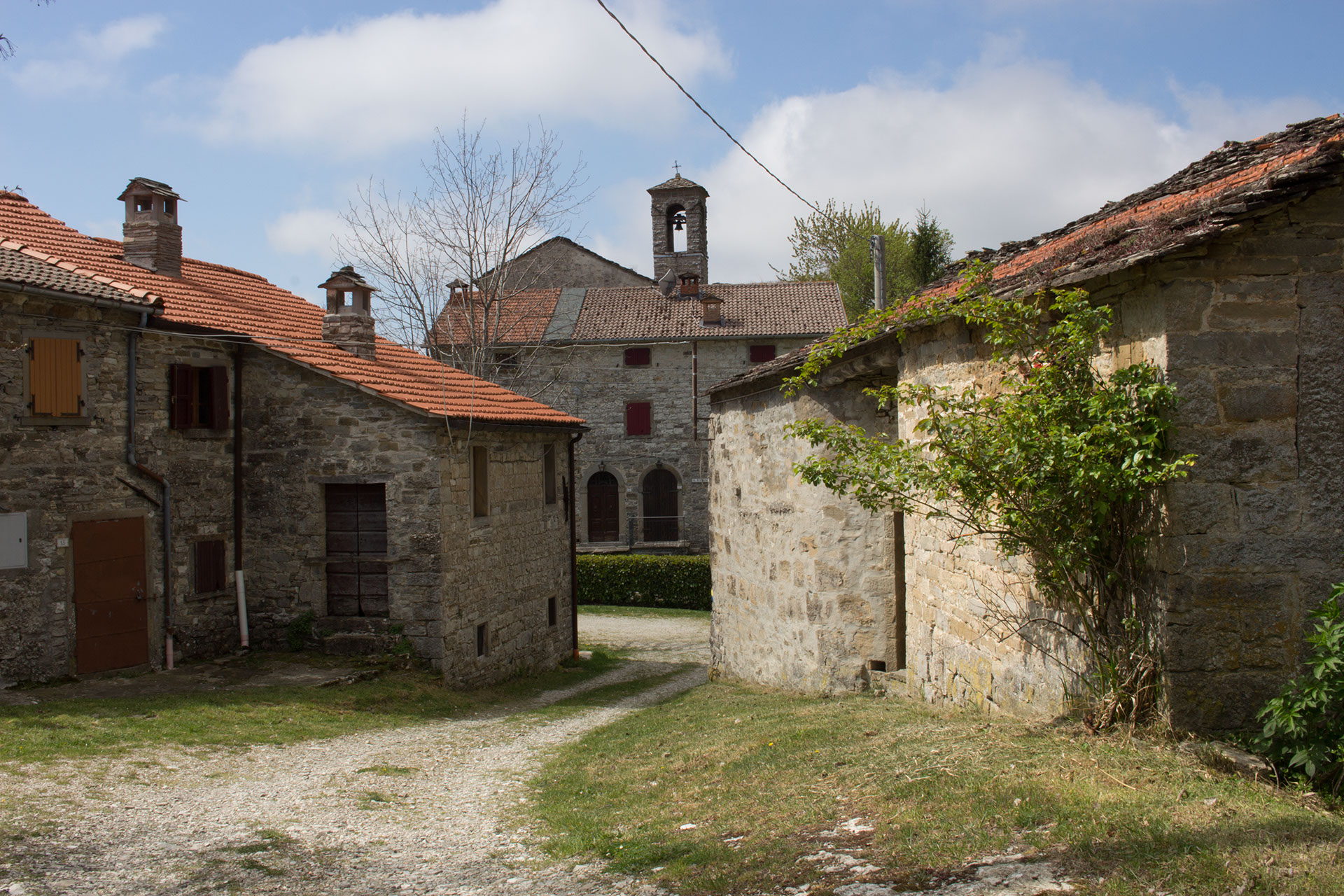
Montebotolino | Ph. Prolocobadiatedalda
Famous for its fantastic views, it is, in fact, overlooking a sheer drop of 300 meters which was ironically called “The Paradise”, it belonged to the noble family of Cattaneo and, after years of abandonment that was taking him to destruction, it is returning now to a new life. It is possible to reach it from the hamlet of Badia Tebalda, along the narrow road to Rofelle, whose last part is not paved.
Bastia
According to historical sources, the ancient village of Bastia dates back to the fifteenth century. The town developed around the ancient fortress that overlooks the crossroads between the Montone Valley and the Rabbi Valley.
Inhabited until the mid-1800s, it began to lose population as a result of a landslide which in 1868 destroyed the church, the rectory, and the cemetery.
To visit the town of Bastia you have to make a real dive in history: it is reachable only on foot, via the path 423, which starts immediately after the beautiful Brusia Bridge.
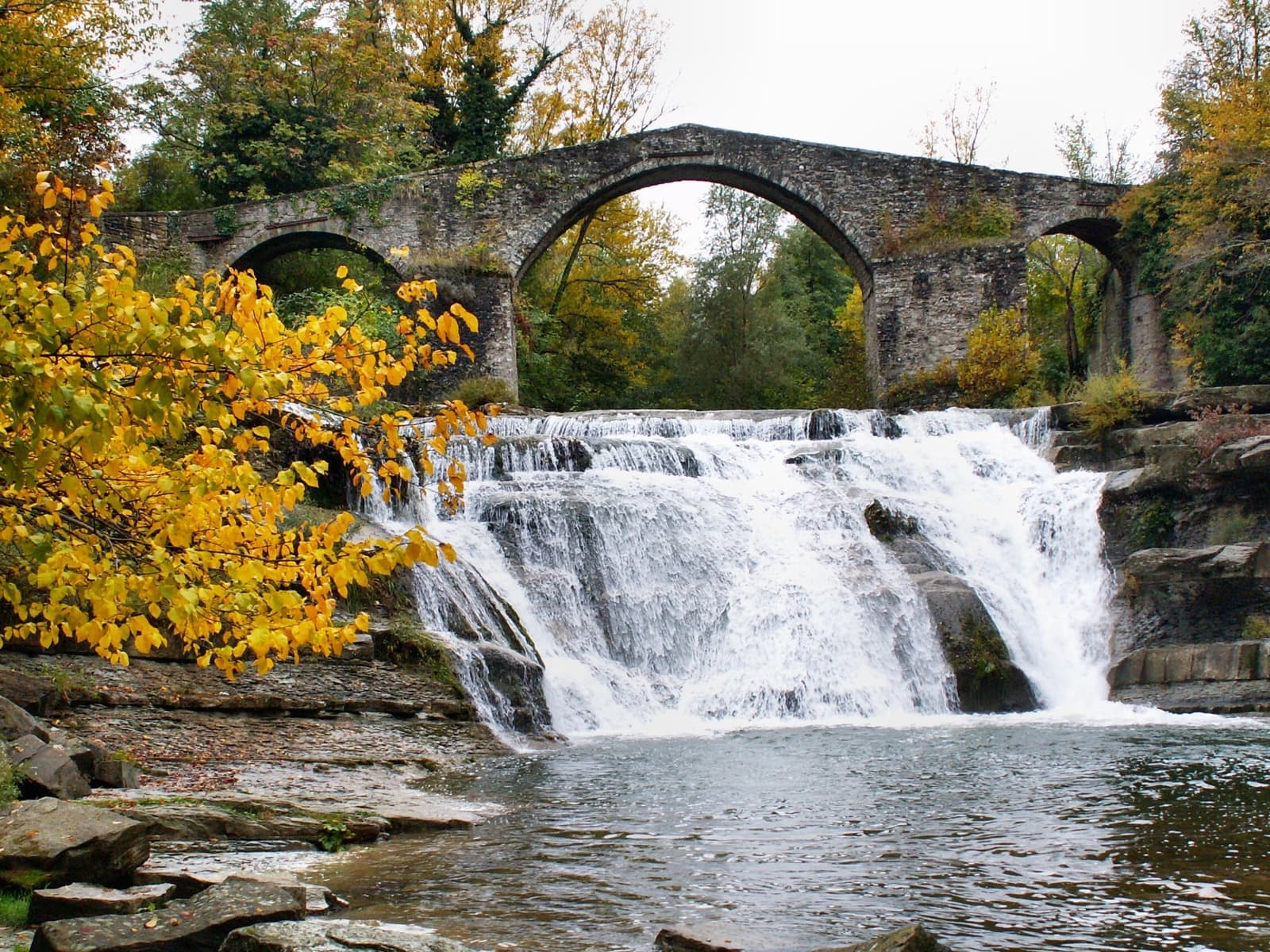
Bocconi, Brusia bridge Ph. Bandiere Arancioni
Author

Walter Manni
Explorer and Adventurer: loves sailing the oceans, climbing the highest mountains and surfing on the waves of the web
You may also like
1. The most beautiful waterfalls in Emilia-Romagna
by Elisa Mazzini /// March 29, 2018
by Elisa Mazzini ///
Brugnello: the village for your next weekend
by Celestina Paglia /// May 21, 2018

Interested in our newsletter?
Every first of the month, an email (in Italian) with selected contents and upcoming events.
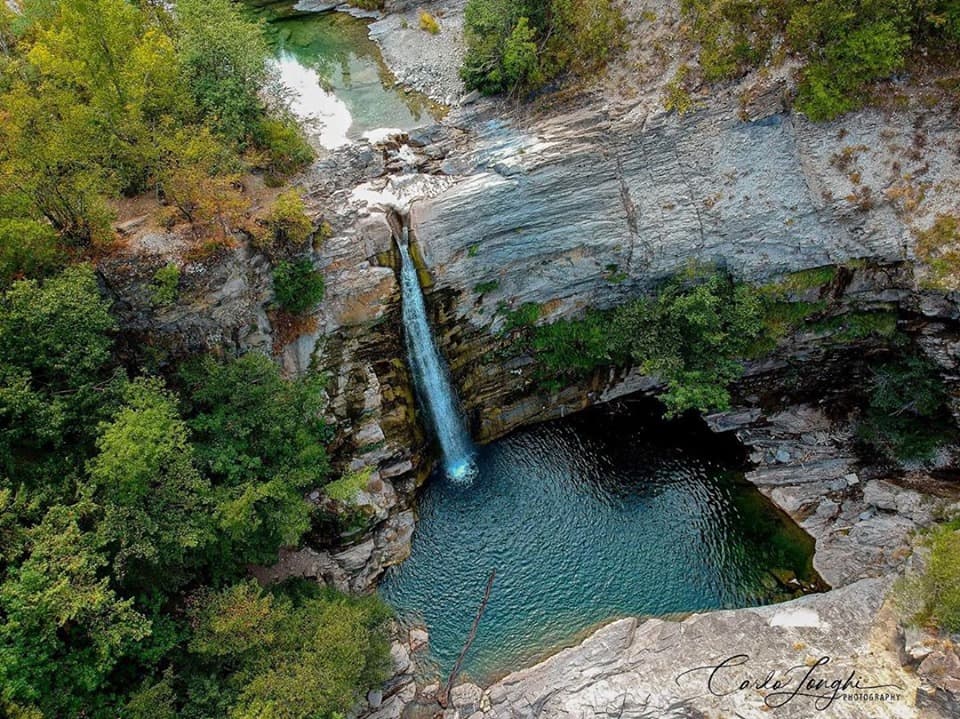
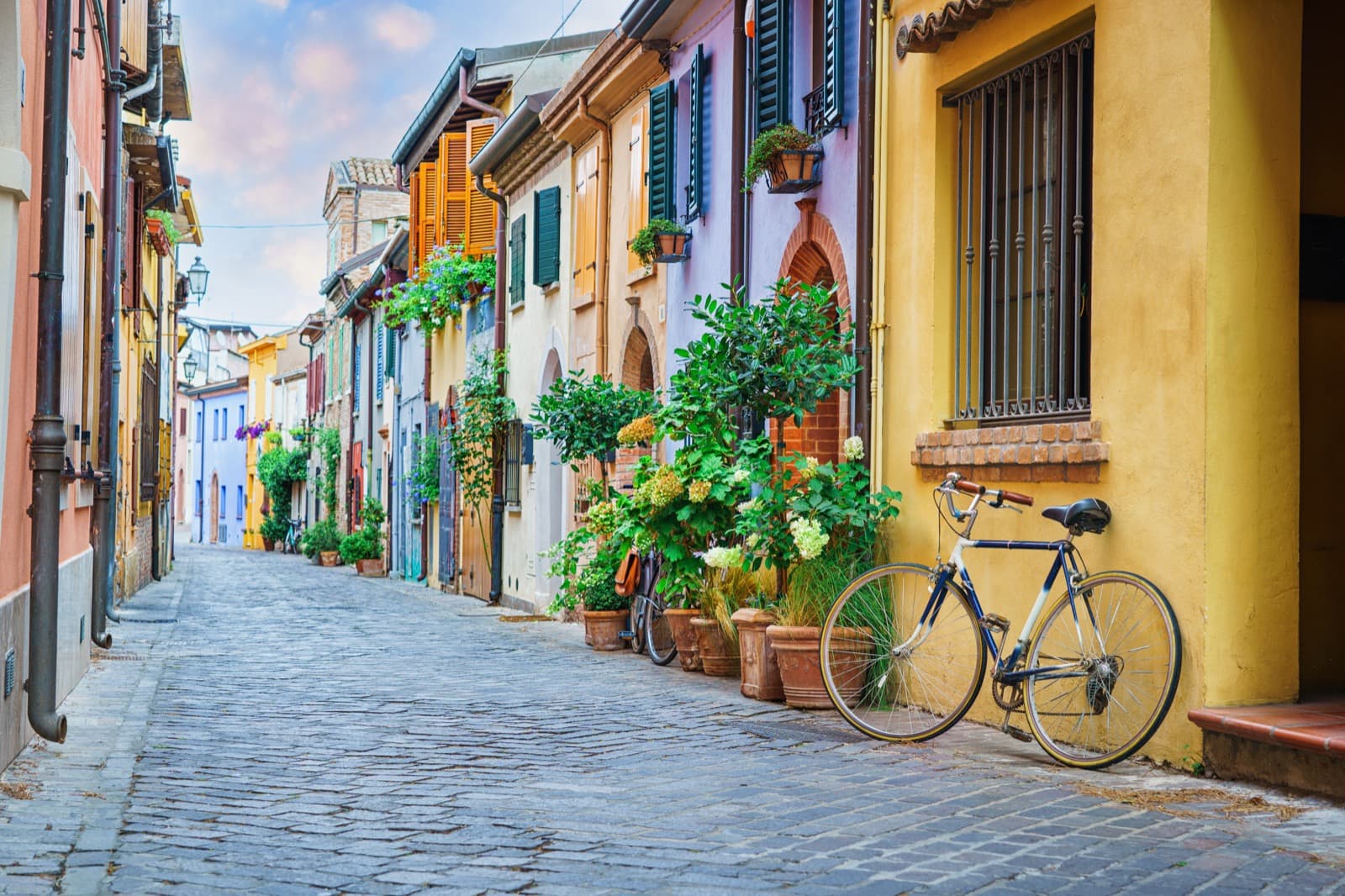
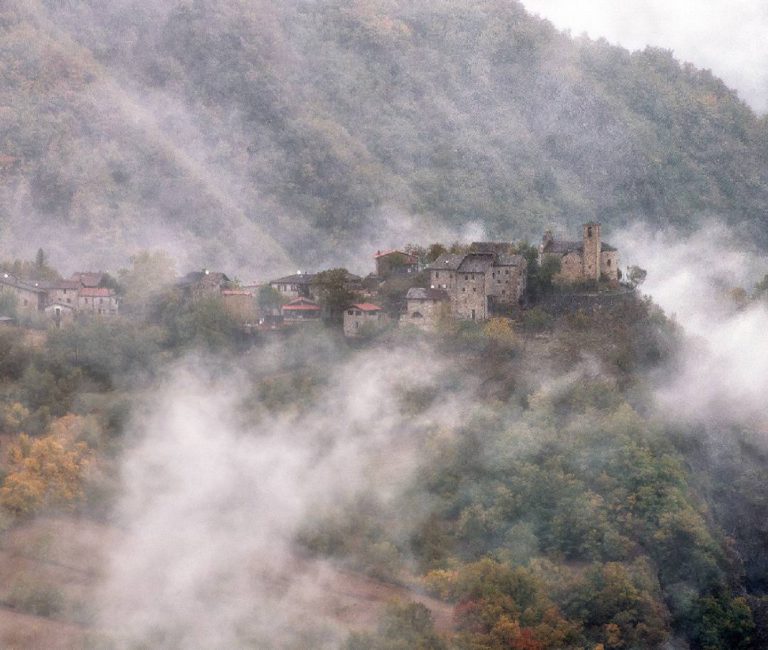
Reyanna Rice
My grandfather, Luigi Danti, immigrated to the US from Fiumalbo in 1907. I have been tracing the family history. All of the records connected to my grandfather’s immediate familiy that I have found on the https://www.antenati.san.beniculturali.it/ website that I have read. I read Italian quite well I can access records going all the way back to 1806 and I have found the marrage record of my great, great, great grandfather that also gives the names of my great, great, great, great grandparents. All the records related to my grandfather’s family state that the births and so on took place at Montecelli which is I presume a small town or farm near Fiumalbo. I do not see this place name on any of the maps of Fiumalbo that I have found on the internet. Are you familiar with this place name in relation to Fiumalbo and can you provide me information on this? Grazie!
Elisa Mazzini
Dear Reyanna,
we’re sorry for our late reply;
in Emilia-Romagna there are two towns whose name is Monticelli (Monticelli Terme and Monticelli d’Ongina) but they are both far from Fiumalbo; near Fiumalbo there is instead a sanctuary called Sanctuary of the Madonna di Monticello: https://www.google.com/maps/place/Santuario+di+Monticello/@44.188424,10.5225941,12z/data=!4m9!1m2!2m1!1ssantuario+del+monticello+modena!3m5!1s0x12d561db3707dc41:0xbd668f75d159fb!8m2!3d44.1894002!4d10.5893655!15sCh9zYW50dWFyaW8gZGVsIG1vbnRpY2VsbG8gbW9kZW5hkgEQcGxhY2Vfb2Zfd29yc2hpcA
I don’t know if this can help you.
Let us know!
Elisa